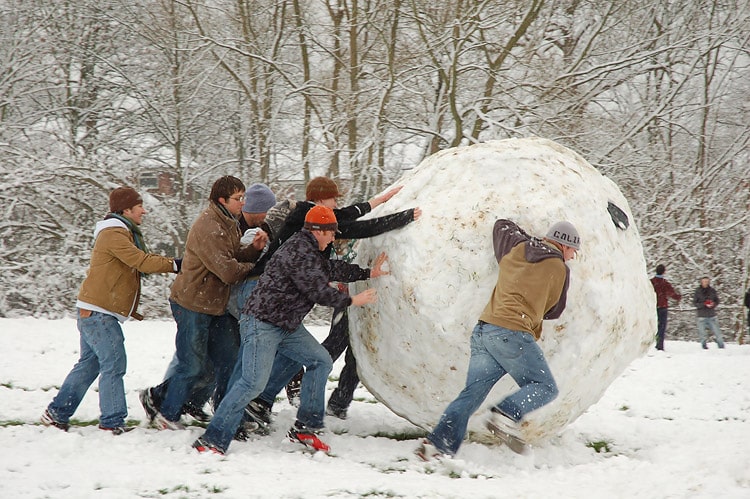Article summary
Imagine you’re a developer on a small team. You’ve just wrapped up a story and have picked up a new one, expecting it to take a few days. The next day, you’re asked to support another team’s efforts. Later, a QA team member points out a small issue in your previous work. Suddenly, you have three different tasks to handle. How do you decide which one to address first? Your task management strategy starts by asking yourself the following questions:
- Which task is the highest priority?
- How much time and effort will each task take?
- What task do I find most interesting?
- How easily will I be able to context switch?
Making a Task Management Decision
If there is an immediate need to complete a particular task, do that first. If not, you’ve got a decision on your hands surprisingly similar to the widely-discussed personal finance question, “Which debt should I pay first?” a.k.a. Debt Snowball vs. Debt Avalanche.
The debt snowball method focuses on paying off your smallest debt balance first, then moving on to the next smallest — which leads to small victories that add up.
The debt avalanche method takes the opposite approach and focuses on paying off the debts with the highest interest rate first.
Embracing the snowball vs. avalanche analogy, consider these perspectives on tackling your tasks.
Snowball
Following the snowball approach, take the gimme. This is because knocking out the easiest task guarantees you a small victory. This not only allows you to cross something off your to-do list but also builds momentum, setting a positive tone for the rest of your day.
Avalanche
On the flip side, there’s something undeniably satisfying about tackling the highest-effort task first. The sense of accomplishment from completing the most challenging task upfront is invigorating. It leaves you with the more manageable to-dos; it’s all downhill from here.
Snowman
Opt for the fun one — choose the task that piques your interest the most. I’m a big proponent of people working on what interests them when possible. It’s more engaging and generally more satisfying.
Sled
Picture yourself hurtling down a hill; that’s not the time to get off the sled. Sometimes, it’s a good idea to continue with a task, even if it’s a lower priority, to avoid the significant cost of context switching.
Ultimately, the method to use will depend on your preference. Did I overlook a chance to highlight another snow-related perspective on task management? Let me know!

